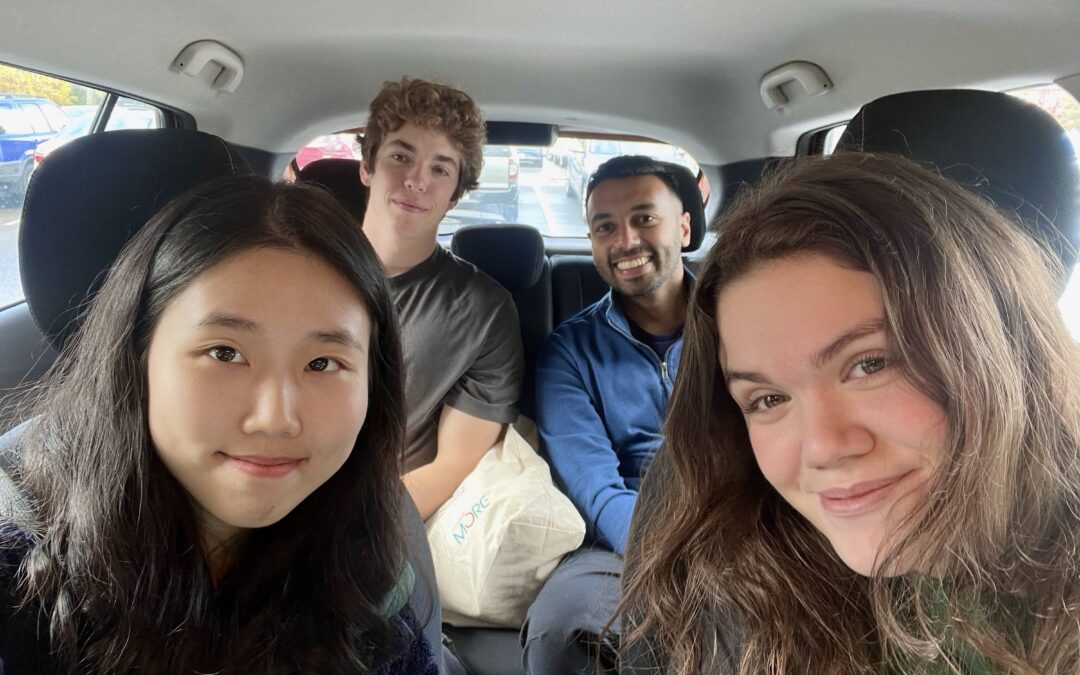What We Have Done
The past two weeks at fundrAIse have been incredibly productive. We accomplished a lot of development work during this time, splitting our team into backend and frontend developers. This sprint really highlighted the value of black-box systems. Since both teams worked independently, we relied heavily on clearly defined requirements. By setting clear expectations for the API endpoints and front-end user flows, we were able to develop each system separately. Midway through the second week, we reached the point where the two sides were ready to be integrated. Naturally, we had to make a few tweaks to get everything flowing smoothly, but we’re excited to say that, thanks to great communication and teamwork, we’ve completed the development of our first feature. And of course, no bugs—just features in disguise, as always.
We also had a big win in interviewing nonprofits, who will be our future users. Supply Victoria, a local nonprofit, is eager to use our system for their Giving Tuesday campaign. We also connected with Verna J. Kirkness, an organization supporting Indigenous students in higher education. They were enthusiastic about the system and plan to use it for their Giving Tuesday efforts as well.
Beyond nonprofits, we met with fundraising experts to gain valuable insights. A professional who has completed three AI projects for nonprofits shared tips on making AI responses more tailored to user needs. We also met with UVic Engineering Donor Relations—while our system didn’t quite align with their needs, they appreciated it and will connect us with smaller nonprofits who can benefit from it. Another industry expert with over a decade of experience in social sector fundraising opened our eyes to the fact that we’re focusing more on donor stewardship than impact reporting, which has led to some internal discussions on evolving that aspect of the platform.
We even took a field trip downtown to meet with local nonprofits, helping us gain deeper insight into their day-to-day challenges and how our system can fit into their workflows.
Challenges We’ve Faced
All good things come with challenges. While we’ve successfully developed one of our main features, there’s still a long road ahead. The work we’ve completed internally at Inspire now needs to be approved and integrated into MeaningfulWork’s codebase, which is the next hurdle.
Another challenge we’ve faced is the response rate from our outreach efforts. Over the past two weeks, we sent out more than 20 emails to nonprofits, but we’ve only connected with two. We’re continuing to push forward with our outreach, hoping to target more nonprofits that could benefit from our platform. We’ve learned that larger nonprofits often have highly sophisticated fundraising systems in place, making them less likely to need our solution. Instead, small to mid-sized nonprofits stand to gain the most from our platform. The challenge now is finding these organizations and pitching our idea effectively to them.
Goals for the Next Sprint
In our next sprint, we’ll be kicking off the development of our second feature. This feature is designed to help nonprofits strengthen their relationships with donors using AI. From personalized messages to AI-generated social media captions, we’ve got a lot of ideas brewing. During the first week, we’ll focus on gathering requirements and sketching out our ideas on the whiteboard. The goal is to create a prototype we can share with our community partner to gather feedback, allowing us to continuously iterate and refine it to perfection.
Our team is also going on a trip to Vancouver next week to work in person with MeaningfulWork’s team and explore their workspace. We plan to work alongside MeaningfulWork’s development team to showcase our product and better understand integrating our product into their website. 🙂

